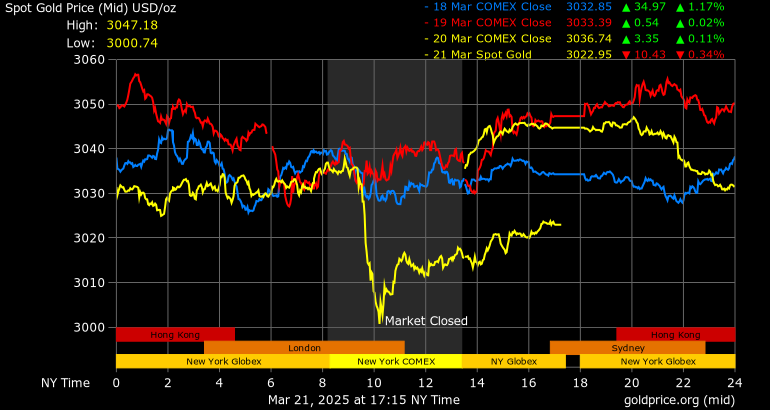A wave of red swept across Asia-Pacific markets on Thursday, as President Donald Trump’s aggressive new tariff regime sent shockwaves through the region’s economies. The sudden imposition of hefty reciprocal tariffs on over 180 countries, including key players in Asia, has ignited fears of a global trade war and triggered a flight to safe-haven assets.
The White House, in a series of charts released on social media, justified the tariffs by claiming that other nations impose unfair trade barriers and manipulate currencies against the United States. However, the scale of the tariffs, particularly on Asia-Pacific Markets, has caught markets off guard.
The most dramatic impact was felt in Japan, where the benchmark Nikkei 225 plunged 3.10%, recovering slightly from early losses exceeding 4%. The broader Topix index also suffered a significant 3.48% decline. Hong Kong’s Hang Seng Index fell 1.58%, while mainland China’s CSI 300 dropped 0.71%. South Korea’s Kospi index shed 0.94%, and Australia’s S&P/ASX 200 ended the day down 0.89%. India’s Nifty 50 and BSE Sensex also opened lower, reflecting the widespread market anxiety.
Tariff Impact on Asia-Pacific Markets
According to figures released by the White House, the new tariffs, when combined with existing measures, result in a staggering 54% tariff on Chinese goods. India, South Korea, and Australia face tariffs of 26%, 25%, and 10%, respectively.
“These tariffs represent a significant increase in tariffs on Asian exports, and arguably more than anticipated by the market,” warned Chris Kushlis, chief emerging markets Macro Strategist at T. Rowe Price. He pointed out that with the U.S. accounting for approximately 15% of the region’s exports, the tariff increases, ranging from 20% to 35%, pose a “meaningful headwind to growth this year, especially for the more open trade-oriented economies.”
Stephen Dover, chief market strategist and head of Franklin Templeton Institute, highlighted the surprising targeting of Southeast Asia. “What is interesting is that China, which has the biggest trade deficit with the U.S. does not have the largest reciprocal tariffs,” he noted. “Instead, he highlighted that Southeast Asia — which has benefitted from past tariffs on China — has some of the highest reciprocal tariffs.
“The broad application of tariffs across the globe is expected to disrupt existing trade flows and hinder efforts to redirect trade, creating further uncertainty for businesses and investors.
Amidst the Asia-Pacific Markets turmoil, investors flocked to safe-haven assets, driving the price of spot gold to a record high of $3,148.84 per ounce. The surge in gold prices reflects the growing concern about the potential economic fallout from the escalating trade tensions.

 GME
GME  AMC
AMC